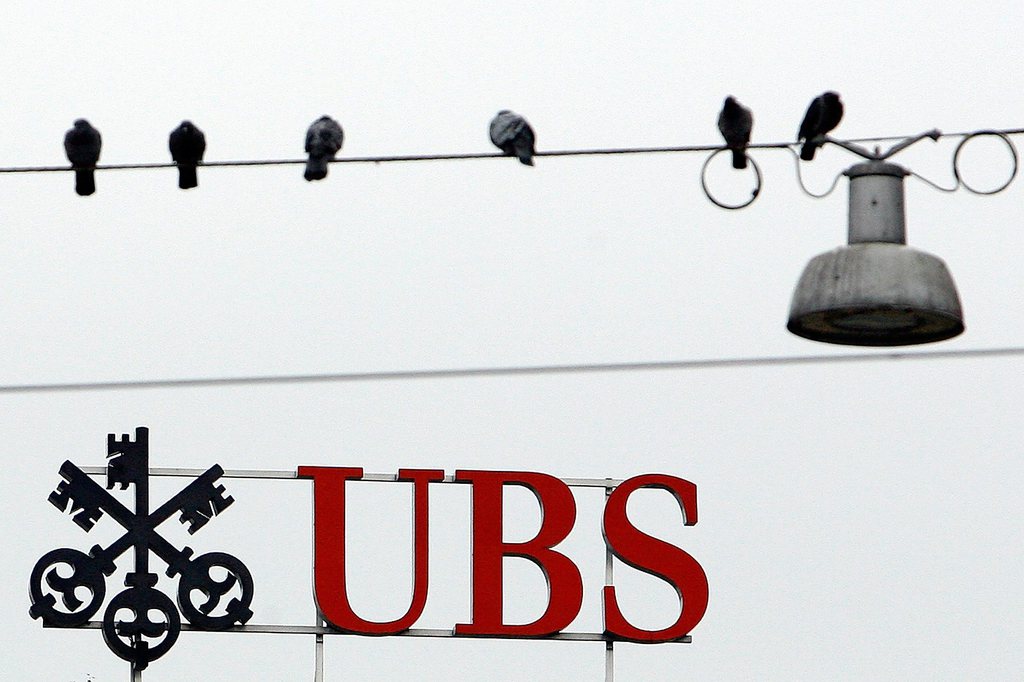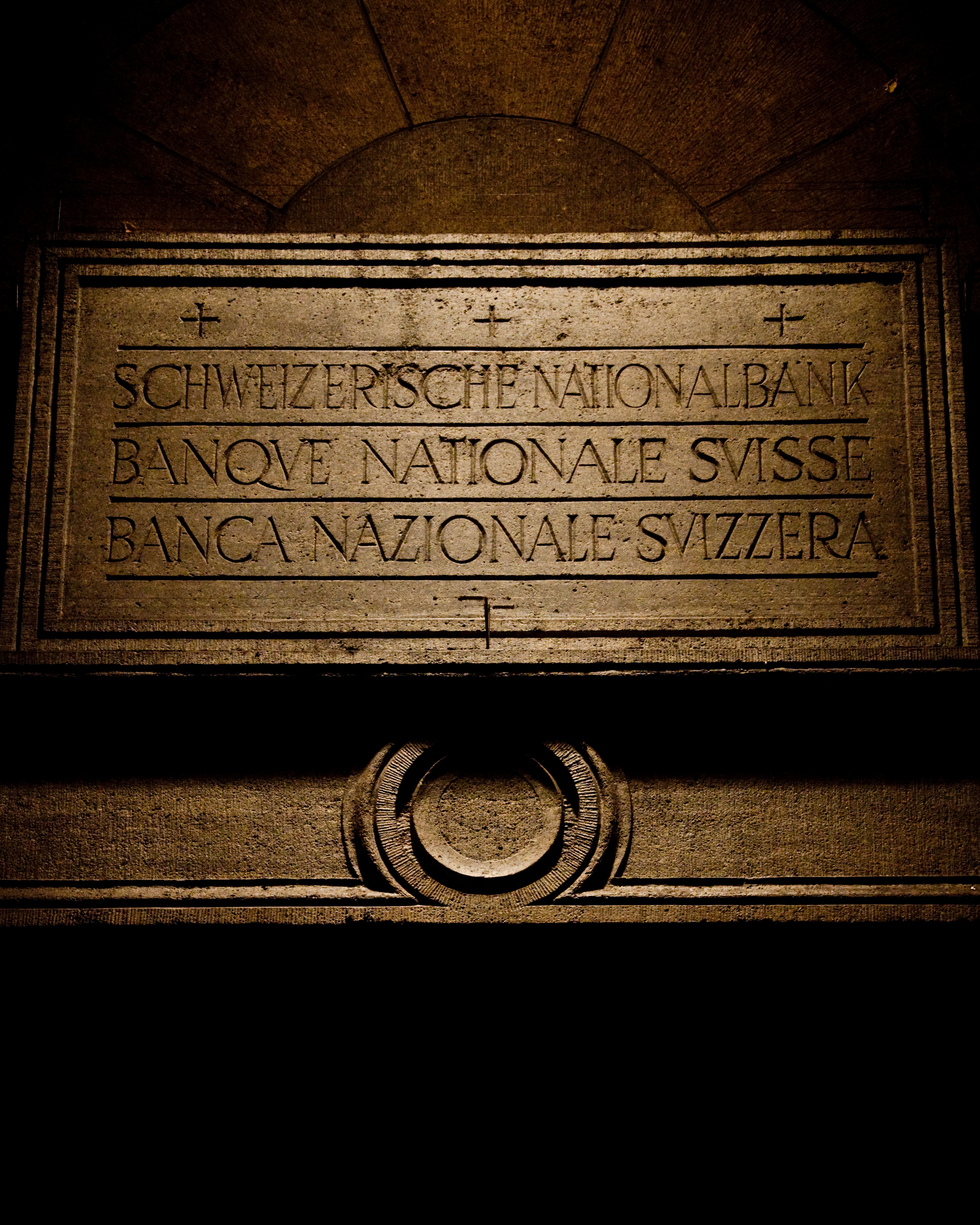Riddle remains of how to ‘defuse’ giant banks

The successful conclusion of UBS’s state bailout has failed to quell an intensifying political and public debate on how to prevent Switzerland’s largest banks from threatening the national economy again.
Swiss taxpayers are still haunted by the memory of being forced to shoulder the risk of rescuing UBS during the 2008 financial crisis. Despite realising an eventual financial gain from the bailout, many still fear negative consequences if there is a repeat act.
Two recent parliamentary motions, designed to further restrain the biggest banks, as well as controversial comments by Swiss Finance Minister Eveline Widmer-Schlumpf and the elevation of Zurich Cantonal Bank (ZKB) to the status of a “too big to fail” institution alongside UBS and Credit Suisse, have further fanned the flames.
ZKB’s new designation as “too big to fail” by the Swiss National Bank (SNB) this month is the strongest signal yet that the continuing vulnerability of the economy to collapsing giant banks is still a major cause for concern. The status of Switzerland’s fourth largest banking group was changed because it holds some 8% of domestic retail deposits and business loans, making it vital to the smooth running of the Swiss economy.
This has led to speculation that PostFinance – the banking arm of the Post Office – or the Raiffeisen cooperative banking group might also be included in the “too big to fail” category in the future.
PostFinance said it has not been approached by the SNB. Raiffeisen, which has a collective capitalisation greater than ZKB, said it was holding discussions with the central bank, but pointed out to the Tages-Anzeiger newspaper that its structure of largely independent small franchises is very different from that of the large centralised conglomerates.
Cat among the pigeons
Concerns in Switzerland, born from the 2008 financial crisis and the near failure of UBS, have only been partially assuaged by Swiss legislation in 2012 that imposed tougher “Swiss finish” restrictions on the activities of Swiss banks than their global competitors.
Many observers still feel the largest banks have not been sufficiently defused. The centre-left Social Democrats (SP) and the rightwing Swiss People’s Party both submitted parliamentary motions in September aimed at preventing investment bankers from using retail and private banking clients’ deposits for the bank’s own trades (proprietary trading).
In addition, the People’s Party motion calls for big banks to increase capital reserves that cover all assets, irrespective of risk, from 4.5% to 6%. The Social Democrats have gone even further, calling for a 10% “leverage ratio”.
Swiss Finance Minister Eveline Widmer-Schlumpf set the cat among the pigeons earlier this month in a newspaper interview that referred to this issue. “We need to consider whether we need to enhance the [banks’] capital base further,” she told the Schweiz am Sonntag.
“[Therefore] banks would have to consider whether to carry on with investment banking or focus even more on asset management,” she added. “[They] must be organised in such a way that the state isn’t ultimately held liable [for their collapse].”
Revisions to the Swiss Banking Act – which came into force on March 1, 2012 – imposed tough new measures to reduce the threat to the economy of the largest banks collapsing.
The regulations applied the traditional “Swiss finish” touch, making them more stringent than the globally accepted Basel III standard measures.
The largest banks, originally just UBS and Credit Suisse until they were joined by ZKB in November 2013, must boost their capital reserve buffer to cover between 14% and 19% of their riskiest assets by the end of 2018.
A maximum of 10% of these risky assets must be covered by the most liquid capital that the banks can access at any time. Another 9% (max) can be underwritten by financial instruments, such as contingent convertible (CoCo) bonds, which could be converted to equity if conditions get really bad.
Given that banks have their own internal models for risk weighting assets (that could prove fallible), “too big to fail” banks must also back up at least 4.56% of total assets, irrespective of risk, with a capital buffer that could absorb losses.
Further measures laid down in the laws stipulated that the largest banks must demonstrate that they have diversified risk by reducing interdependencies between business units.
They must also draw up a “living will”, defining how organisational changes would guarantee the survival of vital basic domestic services (such as retail deposits, business and mortgage loans) in the event of a collapse.
The law will be automatically reviewed in 2015.
Big “can be good”
Widmer-Schlumpf’s comments may resonate with some big banking detractors, including activist shareholders and even former UBS chairman Peter Kurer, who want to see the largest players broken up.
Martin Brown, a professor at the University of St Gallen’s Swiss Institute of Banking and Finance, believes Swiss regulators have so far chosen a “pragmatic” solution to the “too big to fail” problem.
“Higher capital ratios [risk-absorbing capital buffers] are a tax on banks making risky investments. They dis-incentivise risk rather than just providing a cushion if things go wrong,” he told swissinfo.ch. “Banks that invest in Swiss government bonds have to put aside less capital than banks that invest in junk [high risk] bonds.”
Brown believes the “trial and error” too-big-to-fail legislation, which is automatically up for review in 2015, might well need fine tuning at a later date. But he baulks at the idea of splitting up Switzerland’s largest players to make them safer.
“If you think that the Swiss banking sector will be safe and sound if you break off the investment banking divisions of universal banks, then you have a very narrow view,” he said.
“During the Swiss housing crisis of the 1990s retail divisions were subsidised by wealth management, corporate lending and investment banking. With the universal model, if you incur losses in any one business unit, they can be propped up by other parts of the bank.”
Protecting vital services
Opinions are divided over the alternative option of ringfencing, or cornering off, the risks of separate divisions with new legal structures, while still enjoying the benefits of close cooperation. Some observers cannot see how risk can be isolated while clients and their assets are being passed around different units of the same group.
UBS appears to be exploring a ringfencing option as part of its obligatory search for a structure that would preserve core domestic services in the event of collapse. Switzerland’s biggest bank has been floating the idea of forming a separate legal entity that would house its domestic activities, but has so far has given scant details of how it would work.
But the very notion of keeping some parts of the bank running in Switzerland while liquidating overseas operations continues to test lawyers. Thomas Aeschi, a People’s Party parliamentarian and author of his party’s recent motion, believes such a situation could lead to legal conflict, with overseas creditors demanding their money through the courts of other countries.
“Under the current too-big-to-fail legislation, the plans drawn up in the event of failure by the two biggest banks could run into problems when applied in different jurisdictions,” Aeschi told swissinfo.ch. “Swiss law might recognise that certain assets are Swiss and don’t belong to the group’s US entities. But the same argument might not be applicable in the US courts.”
“UBS appears to be going in the right direction, but we need to observe how this general idea will be applied,” Aeschi added.

In compliance with the JTI standards
More: SWI swissinfo.ch certified by the Journalism Trust Initiative











You can find an overview of ongoing debates with our journalists here . Please join us!
If you want to start a conversation about a topic raised in this article or want to report factual errors, email us at english@swissinfo.ch.